The Great Wall of China: An Icon of History, Culture, and Tourism
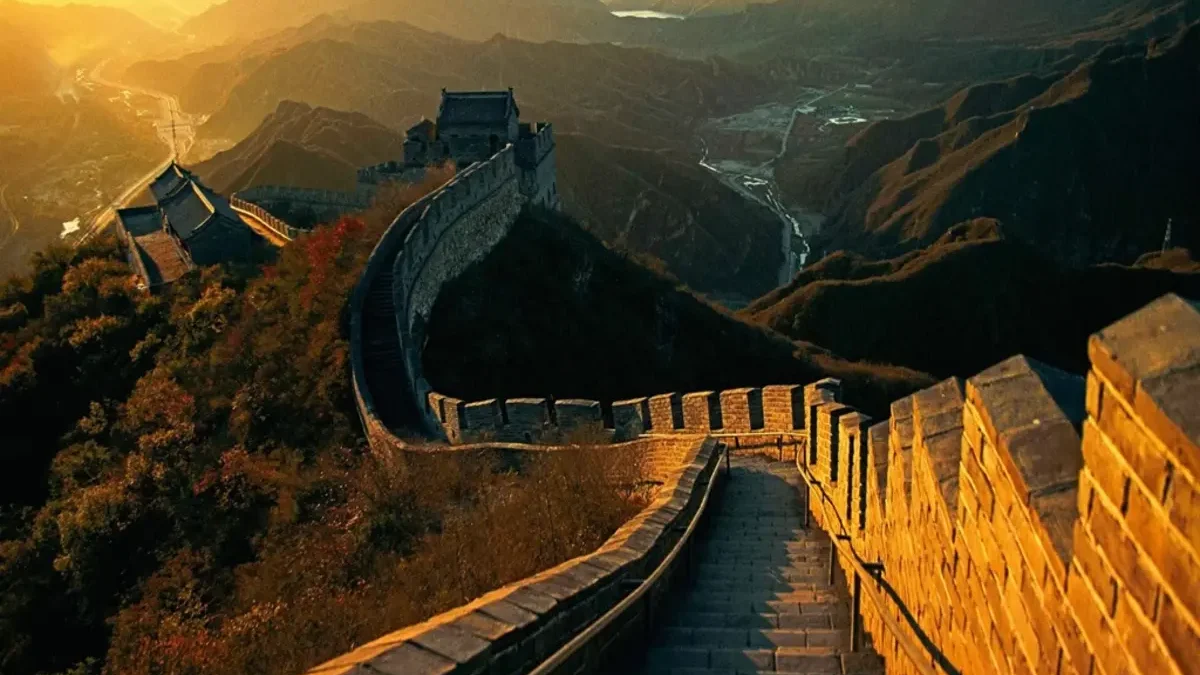
The Great Wall of China: An Icon of History, Culture, and Tourism
The Great Wall of China, one of the most iconic and monumental structures ever built, is a testament to human ingenuity, perseverance, and the quest for security. Stretching over 13,000 miles, the Great Wall is not just a single wall but a series of fortifications built over centuries. This article explores the historical significance, construction, and enduring legacy of the Great Wall, along with its importance as a cultural symbol and major tourist attraction.

Historical Background and Construction
The origins of the Great Wall date back to the 7th century BCE during the Warring States period. However, the most famous and extensive sections of the Wall were constructed during the Ming Dynasty (1368-1644 CE). The primary purpose of the Wall was to protect Chinese states and empires from invasions and raids by nomadic tribes from the north, particularly the Mongols and the Xiongnu.
Early Walls: The initial walls were built by various Chinese states, including the Qin, Wei, Zhao, Qi, Yan, and Zhongshan. These early structures were primarily made of compacted earth and local materials, reflecting the technological limitations of the time.
Qin Dynasty: The first emperor of a unified China, Qin Shi Huang (221-210 BCE), is often credited with beginning the construction of the Great Wall as a continuous fortification. Under his rule, existing walls were connected, and new sections were built, creating a more extensive and unified defense system. This early wall was mainly constructed using tamped earth and wood.
Han Dynasty: During the Han Dynasty (206 BCE-220 CE), the Great Wall was extended further west to protect the Silk Road trade routes. The Han walls incorporated new materials and techniques, such as bricks and tiles, to strengthen the structure.
Ming Dynasty: The most well-preserved and recognizable sections of the Great Wall were built during the Ming Dynasty. Faced with the constant threat of Mongol invasions, the Ming emperors invested heavily in the construction and reinforcement of the Wall. This period saw the use of bricks, stone blocks, and lime mortar, resulting in a more durable and sophisticated fortification. The Ming Wall included watchtowers, signal towers, barracks, and fortresses, enhancing its defensive capabilities.
Architectural and Engineering Marvel
The Great Wall is a marvel of ancient engineering, reflecting the ingenuity and determination of the Chinese people. The Wall’s construction involved massive labor, including soldiers, peasants, prisoners, and convicts. Estimates suggest that millions of laborers participated in the project over the centuries.
Materials and Techniques: The construction materials varied depending on the local resources available. In the arid northwest, rammed earth and adobe bricks were commonly used, while in the mountainous and forested regions, stone and wood were more prevalent. During the Ming Dynasty, bricks and stone blocks became the primary materials, providing greater strength and durability.
Structure: The Great Wall’s design varies across different sections, reflecting the diverse terrain and specific defensive needs. Key components include:
- Wall: The main body of the Wall ranges from 15 to 30 feet in height and 15 to 25 feet in width. The top of the Wall was wide enough to accommodate soldiers, horses, and supplies.
- Watchtowers: Positioned at regular intervals, the watchtowers served as lookouts and signal stations. They were used to store weapons and supplies and provided strategic vantage points for monitoring enemy movements.
- Fortresses and Passes: Major fortresses and passes, such as Jiayuguan, Juyongguan, and Shanhaiguan, were critical points of defense. These structures were heavily fortified and served as command centers, housing troops and military equipment.
- Signal Towers: Also known as beacon towers, these were used to transmit military signals using smoke, fire, and lanterns. The signal system allowed for rapid communication across vast distances, enabling a swift military response.
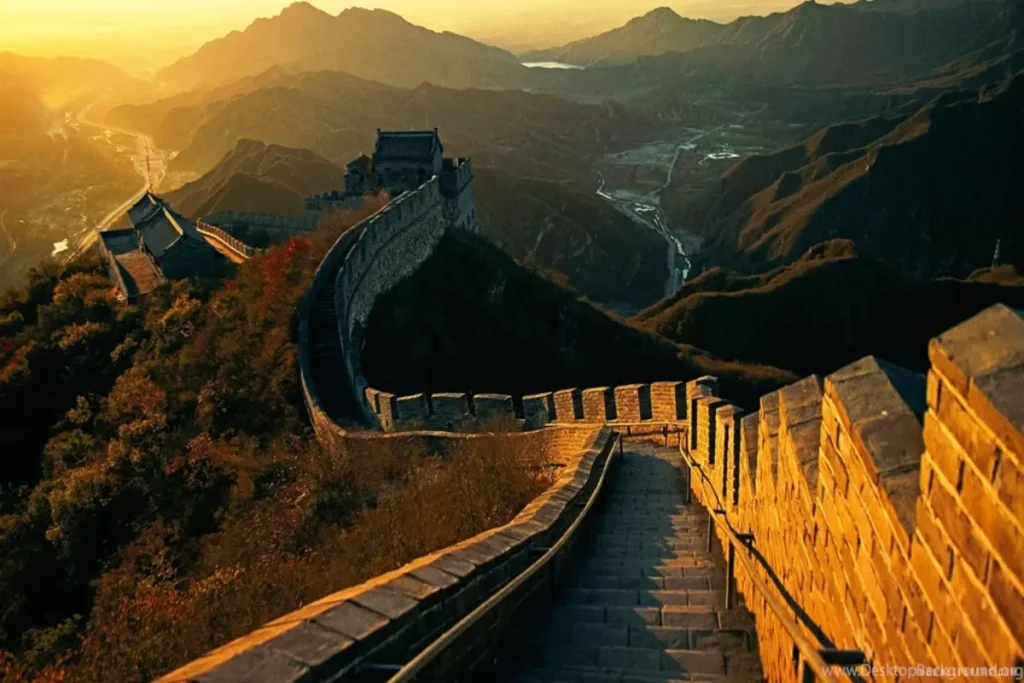
Cultural and Historical Significance
The Great Wall of China is not just a physical structure but a symbol of Chinese civilization and resilience. It represents the country’s long and tumultuous history, marked by periods of conflict, unity, and cultural flourishing.
Symbol of Unity and Strength: The Wall embodies the determination and collective effort of the Chinese people to protect their land and way of life. It stands as a monument to the rulers who envisioned and built it, as well as to the countless laborers who toiled under harsh conditions to construct it.
Cultural Heritage: The Great Wall is deeply ingrained in Chinese culture, featuring prominently in literature, folklore, and art. It has inspired poets, writers, and artists for centuries, symbolizing both the grandeur and the isolation of the ancient Chinese empire.
World Heritage Site: In 1987, UNESCO designated the Great Wall as a World Heritage Site, recognizing its cultural, historical, and architectural significance. This designation has helped to preserve the Wall and promote global awareness of its importance.
Tourism and Modern Relevance
Today, the Great Wall of China is one of the world’s most popular tourist destinations, attracting millions of visitors each year. Its sheer scale, historical significance, and breathtaking scenery make it a must-see attraction for travelers from around the globe.
Popular Sections for Tourists: Several sections of the Great Wall have been restored and are accessible to tourists. Some of the most popular include:
- Badaling: Located near Beijing, Badaling is the most visited section of the Great Wall. It is well-preserved and easily accessible, featuring restored watchtowers and a visitor center. The panoramic views from Badaling make it a favorite spot for tourists.
- Mutianyu: Also near Beijing, Mutianyu is known for its scenic beauty and restored structures. This section offers a less crowded alternative to Badaling, with opportunities for hiking and cable car rides.
- Jinshanling: Located further from Beijing, Jinshanling is a partially restored section that offers a blend of ancient ruins and reconstructed wall. It is popular among hikers and photographers for its stunning landscapes.
- Simatai: Known for its steep and rugged terrain, Simatai offers a challenging hike and spectacular views. It is one of the few sections open for night tours, providing a unique experience under the stars.
- Jiankou: For adventurous travelers, Jiankou offers a wild and unrestored section of the Wall. The challenging hike and dramatic scenery attract experienced hikers and photographers.
Tourism Impact: The influx of tourists has brought both opportunities and challenges. Tourism has generated significant revenue for local economies and created jobs. However, the high volume of visitors also poses threats to the preservation of the Wall, leading to wear and tear and environmental degradation.
Conservation Efforts: To protect and preserve the Great Wall, various conservation projects have been initiated. The Chinese government, along with international organizations, has implemented measures to restore and maintain the Wall, regulate tourism, and educate the public about its historical significance. These efforts aim to balance tourism with conservation, ensuring that the Great Wall remains an enduring symbol for future generations.

The Great Wall in Modern Culture
The Great Wall of China continues to capture the imagination of people worldwide. It has been featured in numerous films, documentaries, and literary works, symbolizing not only ancient history but also human achievement and resilience.
In Film and Literature: The Great Wall has appeared in various films and books, ranging from historical dramas to fantasy and science fiction. Its depiction in popular media has contributed to its global recognition and fascination.
Symbol of Achievement: The Wall is often cited as a symbol of human ingenuity and perseverance. Its construction, spanning centuries and involving immense labor and resources, represents the heights of ancient engineering and the enduring spirit of the Chinese people.
Modern Adaptations: In contemporary times, the Great Wall has inspired artistic and technological adaptations. Virtual tours and digital reconstructions allow people worldwide to explore the Wall from afar, enhancing its accessibility and educational value.
Visiting the Great Wall of China
For those planning to visit the Great Wall, here are some practical tips and recommendations to ensure a memorable and respectful experience:
Best Time to Visit: The Great Wall can be visited year-round, but the best times are spring (April to June) and autumn (September to November) when the weather is mild, and the scenery is spectacular. Summer can be hot and crowded, while winter offers fewer crowds but can be cold and snowy.
What to Bring: Comfortable walking shoes are essential, as exploring the Wall involves a lot of walking and climbing. Bring water, snacks, sunscreen, and a hat, especially in warmer months. A camera is a must to capture the stunning views and historical structures.
Respect the Heritage: As a historical and cultural monument, it is important to respect the Great Wall. Avoid climbing on unstable sections, littering, or defacing the Wall. Follow the guidelines and instructions provided by authorities and tour guides.
Guided Tours: Consider joining a guided tour for a deeper understanding of the Wall’s history and significance. Knowledgeable guides can provide valuable insights and ensure a safe and enjoyable visit.
Local Culture: Take the opportunity to explore the local culture and traditions in the areas surrounding the Great Wall. Visit nearby villages, try regional cuisine, and engage with the local communities to enrich your experience.
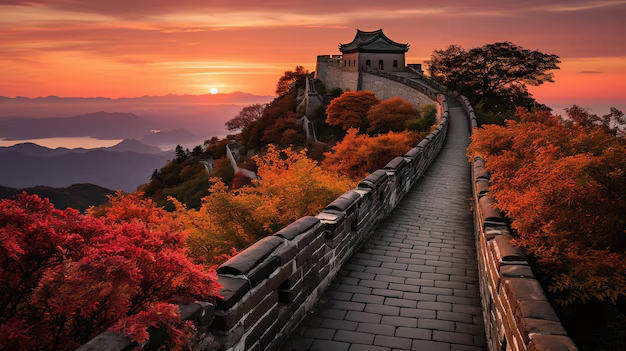
Conclusion
The Great Wall of China stands as a monumental symbol of human achievement, resilience, and cultural heritage. Its historical significance, architectural grandeur, and scenic beauty make it one of the most remarkable structures in the world. As a major tourist attraction, the Great Wall continues to inspire and captivate millions of visitors, offering a profound connection to China’s ancient past and enduring spirit.
Through ongoing conservation efforts and responsible tourism, the Great Wall will remain a cherished and preserved landmark for future generations to explore and admire. Whether you are a history enthusiast, an advent
urer, or a casual traveler, the Great Wall of China promises an unforgettable journey through time and an awe-inspiring experience that transcends the boundaries of history and culture.
thecoins24 Bitcoin News Cryptocurrency airdrop theforex24 Forex News Aypa Group Aypa Website developer Aypa SEO Forex calendar
-
The Great Wall of China: An Icon of History, Culture, and Tourism
The Great Wall of China: An Icon of History, Culture, and Tourism The Great Wall of China, one of the most iconic and monumental structures ever […]
italyeducation تحصیل در ایتالیا تحصیل رایگان در ایتالیا پذیرش تحصیلی در ایتالیا دانشگاه های ایتالیا بورسیه تحصیلی ایتالیا Aypa Digital Marketing Forex Calculator

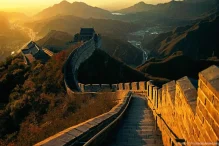
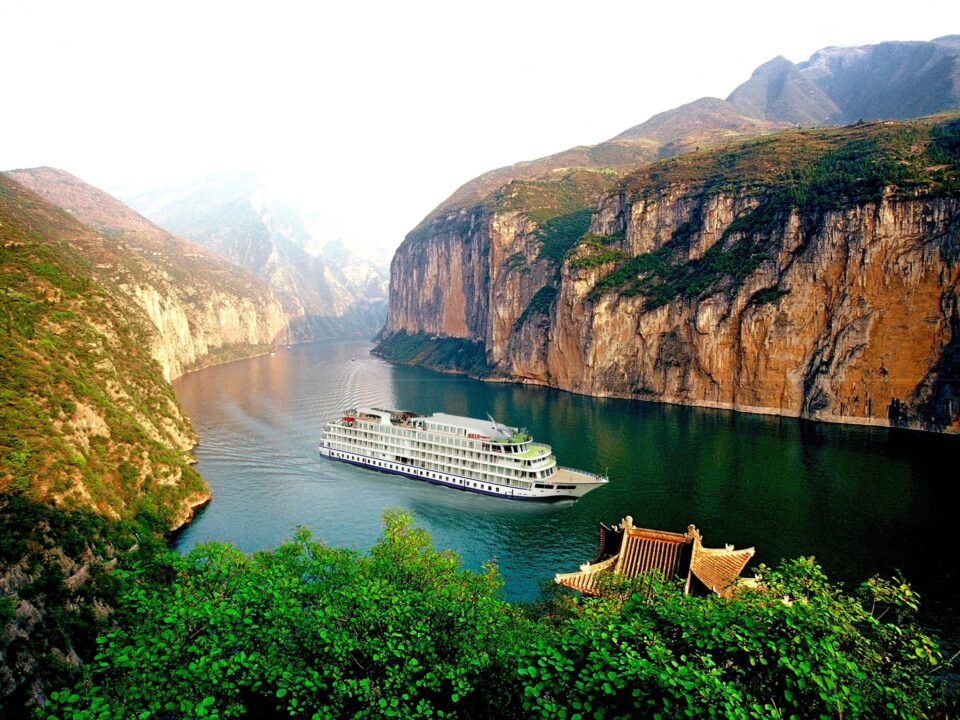

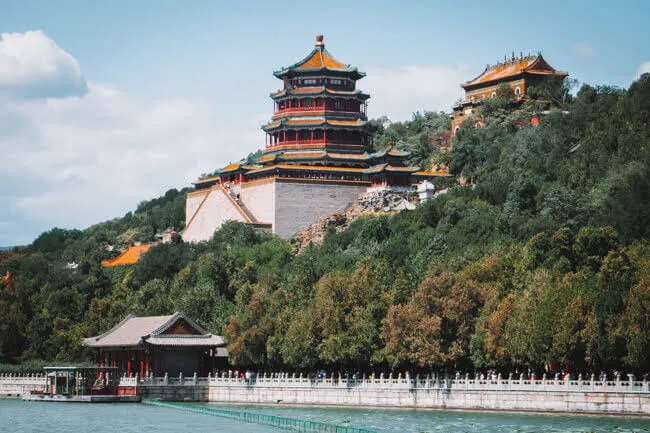
1 Comment
ФОРУМ WEBCAM TEEN VIDEOS VIDEOS TEEN TOR LINKS 2023 फोरम Девочки 427 Gb Записи
Вебкам FULL COLLECTION SHARE PAID HQ WEBSITE: OPEN IN ANONYMOUS
TOR BROWSER WEBSITE LINK: http://www.datx5es2l2qs4f3asz45ic3untbj36tjzthn7oh444fi3mzd4kryxhad.onion